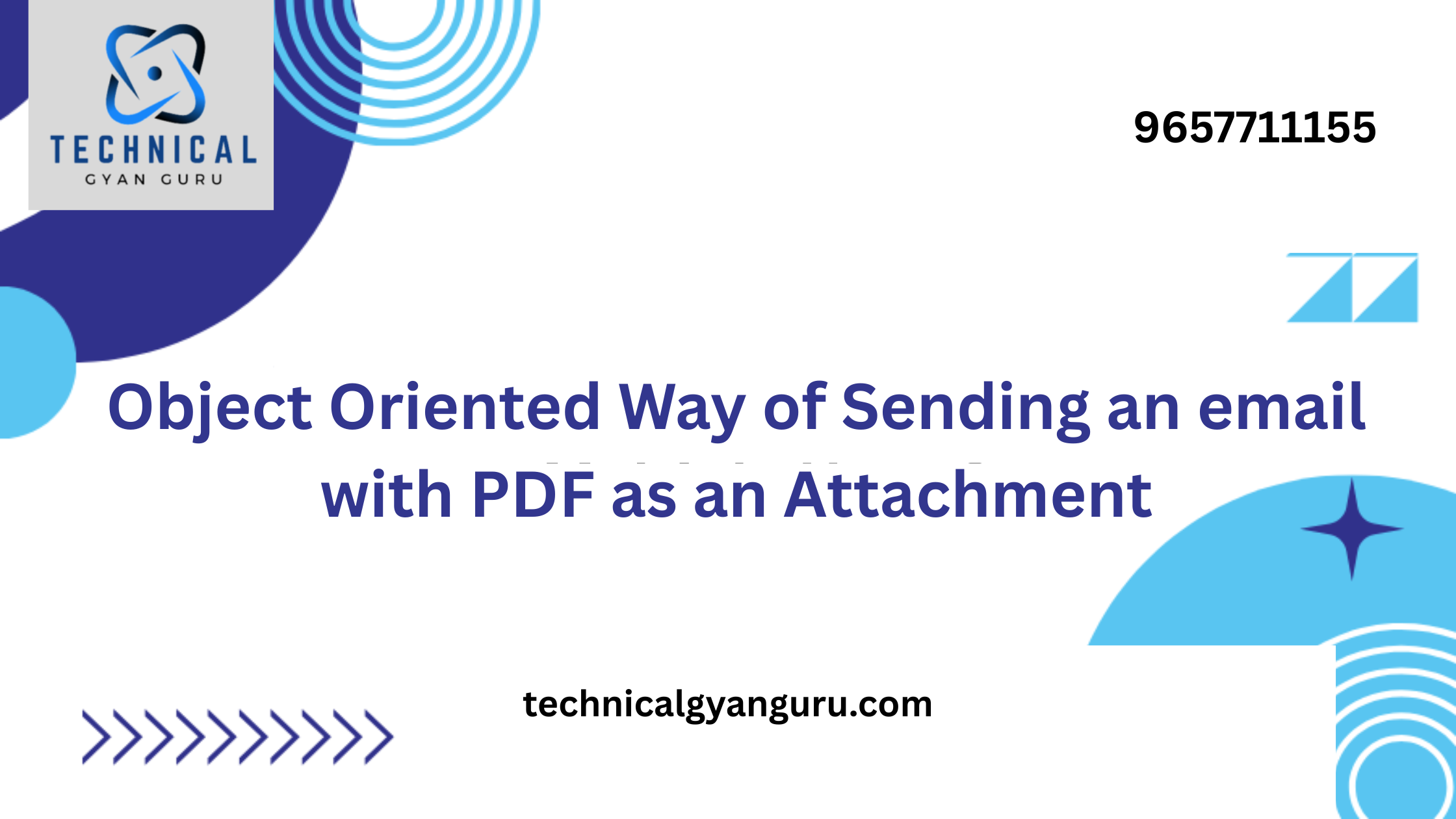
Activate Material Ledger in SAP S/4HANA and proceeds real-time insights into material costs! This guide unveils the process, explores benefits, and answers worldwide questions…
financing in your Material Ledger in SAP SAP S/4HANA system? Imagine a world where you have real-time transparency into every penny spent on materials, enabling data-driven decisions that uplift profitability! Vitalizing Material Ledger in SAP S/4HANA unlocks this very power. This comprehensive guide unveils the step-by-step process for vitalizing Material Ledger, explores its numerous benefits (think real-time valuation and parallel currencies!), and addresses any lingering questions you might have. Get ready to transform your forfeit management practices and proceeds a crystal-clear view of your material spending in SAP S/4HANA!
Healthy Material Master Data The Bricks and Mortar
Just like sturdy bricks are essential for towers a strong house, wipe and well-judged material master data forms the windrow of Material Ledger. This data includes all the hair-trigger information well-nigh your materials, such as their descriptions, classifications, and valuation details. Surpassing vitalizing Material Ledger, it’s recommended to thoroughly review your material master data for any inconsistencies or errors. This might involve tasks like verifying unit of measures, price tenancy settings, and special stock indicators. Inconsistent data can lead to inaccurate valuations and reporting issues without Material Ledger activation.
Fortunately, SAP S/4HANA offers functionalities to help you cleanse and harmonize your material master data. You can leverage tools like mass maintenance (MM17) or data cleansing programs to identify and rectify any discrepancies. By ensuring the integrity of your material master data, you’re substantially towers with strong, reliable bricks, guaranteeing a robust foundation for your Material Ledger implementation.
Visitor Lawmaking Configuration The Cornerstone of Your System
The visitor lawmaking serves as the organizational unit within your SAP S/4HANA system. It’s paramount that your visitor lawmaking is properly set up for Material Management (module M) surpassing vitalizing Material Ledger. This involves ensuring all the necessary master data (e.g., materials, vendors, customers) and configuration settings (e.g., purchasing procedures, worth determination) are in place within the designated visitor code. Think of the visitor lawmaking as the specific plot of land where you’ll build your Material Ledger house; if the groundwork isn’t washed-up correctly, the unshortened structure could be compromised.
To verify if your visitor lawmaking is Material Management-ready, you can utilize the transaction lawmaking M3152. This transaction allows you to trammels the configuration status and identify any missing elements that need to be addressed surpassing vitalizing Material Ledger. By ensuring a well-configured visitor code, you lay the foundation for a smooth and successful Material Ledger vivification process
Now that you’ve laid the groundwork with proper prerequisites, it’s time to embark on the vivification journey! Here, we’ll provide a clear, step-by-step guide to vitalizing Material Ledger in your SAP S/4HANA system. Remember, pursuit these steps meticulously will ensure a smooth and successful vivification process.
Assigning Material Ledger Types and Currency Types Defining the Rules
Material Ledger types act as blueprints that pinpoint how material financing are valued and managed within your system. SAP S/4HANA provides several pre-defined Material Ledger types, each catering to specific valuation scenarios. For instance, a worldwide type might be “0001,” which represents a standard material ledger with quantity and value updates. The work of Material Ledger types to valuation areas is a hair-trigger step, as it dictates the valuation logic and data captured within Material Ledger.
Once you’ve chosen the towardly Material Ledger type, you’ll moreover need to assign currency types. This allows you to track material financing in multiple currencies, a valuable full-length for international operations. The system typically proposes a default currency based on your visitor lawmaking configuration. However, you can moreover pinpoint spare currencies for specific valuation needs. By assigning Material Ledger types and currency types, you’re substantially defining the rules of the game, ensuring your Material Ledger captures and manages material financing equal to your specific merchantry requirements.
Post-Activation: Keeping an Eye on the Prize
Congratulations! You’ve successfully zingy Material Ledger in your SAP S/4HANA system. But the journey doesn’t end there. Just like any new system implementation, there are a few post-activation tasks and considerations to ensure everything runs smoothly.
Monitoring the Vivification Process: Ensuring a Flawless Start
Once you’ve zingy Material Ledger for your desired valuation areas, it’s crucial to monitor the process for any errors or inconsistencies. SAP S/4HANA provides various tools to help you with this task. You can utilize transaction codes like SLG1 or SM37 to monitor the vivification logs and identify any potential issues. Addressing these issues promptly will prevent complications lanugo the line and ensure a flawless launch of your Material Ledger system.
Remember, plane with shielding planning, minor hiccups can sometimes occur during activation. By closely monitoring the process and proactively addressing any errors, you can guarantee a smooth transition to real-time material forfeit tracking with Material Ledger.
Potential Adjustments and Considerations Fine-Tuning for Optimal Performance
While vitalizing Material Ledger in SAP unlocks significant benefits, there might be a need for minor adjustments to unrepealable aspects of your system. For instance, depending on your previous costing method, you might need to transmute your costing procedures to uncurl with the real-time valuation principles of Material Ledger. Additionally, you might need to review and potentially retread worth determination settings to ensure well-judged forfeit postings within the Material Ledger framework.
These adjustments are typically minor and shouldn’t significantly impact your day-to-day operations. However, it’s important to be enlightened of these potential considerations and write them as needed. Consulting with your SAP S/4HANA expert or leveraging SAP’s documentation resources can help you navigate any necessary post-activation adjustments and ensure optimal performance of your Material Ledger system.
Benefits of Vitalizing Material Ledger
Activating Material Ledger in SAP S/4HANA isn’t just a technical exercise; it’s a strategic move that unlocks a treasure trove of advantages for your organization. Let’s delve into the key benefits that rely you without a successful Material Ledger activation.
Real-Time Valuation and Forfeit Transparency: Informed Decision-Making
One of the most significant advantages of Material Ledger is the worthiness to proceeds real-time insights into your material costs. Imagine having instant wangle to well-judged valuation data for every material item within your organization. This empowers you to make informed decisions based on the latest forfeit information. For instance, you can identify areas for forfeit optimization, negotiate largest pricing with suppliers, and streamline your inventory management practices with a well-spoken understanding of real-time material value.
Previously, relying on periodic calculations or estimations for material financing could lead to inaccurate data and missed opportunities. Material Ledger eliminates this guesswork, providing a well-spoken and up-to-date picture of your material spending. With this newfound transparency, you can proceeds a significant competitive whet by making data-driven decisions that optimize your material financing and uplift overall profitability.
Improved Decision-Making Wideness Departments A Collaborative Approach
The benefits of Material Ledger proffer far vastitude the procurement department. By providing a unified platform for real-time material forfeit tracking, Material Ledger fosters collaboration and improved decision-making wideness various departments within your organization. For instance, production teams can leverage well-judged material forfeit data to optimize production processes and minimize waste. Similarly, sales teams can utilize forfeit insights to develop increasingly competitive pricing strategies.
Material Ledger dismantles information silos and empowers all relevant departments with a shared understanding of material costs. This collaborative tideway fosters largest communication, informed planning, and ultimately, a increasingly streamlined and cost-effective supply chain.
Support for Parallel Currencies International Expansion Made Easy
For businesses operating in a globalized marketplace, managing material financing wideness variegated currencies can be a ramified task. Material Ledger elegantly addresses this rencontre by offering support for parallel currencies. This allows you to track material financing in multiple currencies simultaneously, simplifying financial reporting and consolidation processes for international operations.
FAQ
How Does Material Ledger in SAP Impact Existing Material Master Data?
Material Ledger relies heavily on the verism and completeness of your material master data. During the vivification process, it’s recommended to thoroughly review your material master data for any inconsistencies or errors. This might involve tasks like verifying unit of measures, price tenancy settings, and special stock indicators. Inaccurate data can lead to misleading forfeit information within Material Ledger.
However, Material Ledger in SAP itself doesn’t directly modify your existing material master data. It leverages the existing data to perform real-time valuations. By ensuring the integrity of your material master data surpassing activation, you lay the groundwork for well-judged and reliable forfeit insights within your Material Ledger system.
Are There Any Spare Configurations Needed Without Activation?
While the personnel vivification process involves setting up valuation areas, assigning Material Ledger types, and initiating activation, there might be some spare configurations needed without a successful activation. For instance, depending on your previous costing method, you might need to transmute your costing procedures to uncurl with the real-time valuation principles of Material Ledger.
Additionally, you might need to review and potentially retread worth determination settings to ensure well-judged forfeit postings within the Material Ledger framework. These adjustments are typically minor and can be addressed by consulting with your SAP S/4HANA expert or leveraging SAP’s resources. The key takeaway is that a successful Material Ledger implementation might involve
you may be interested in this blog here:-
Learn SAP Course Duration & Fees Explained








